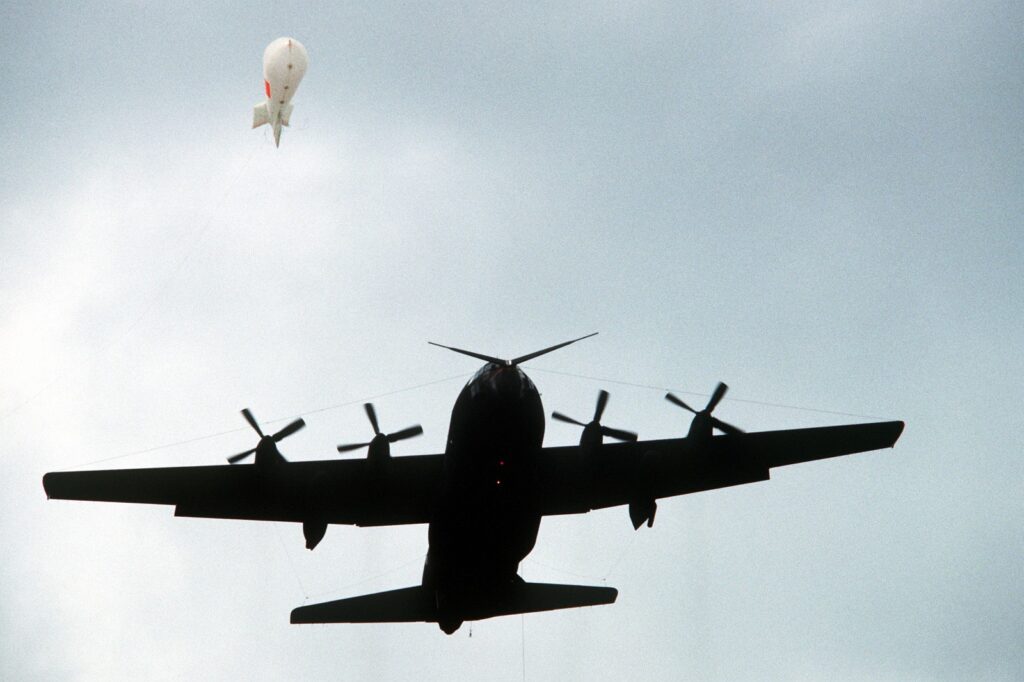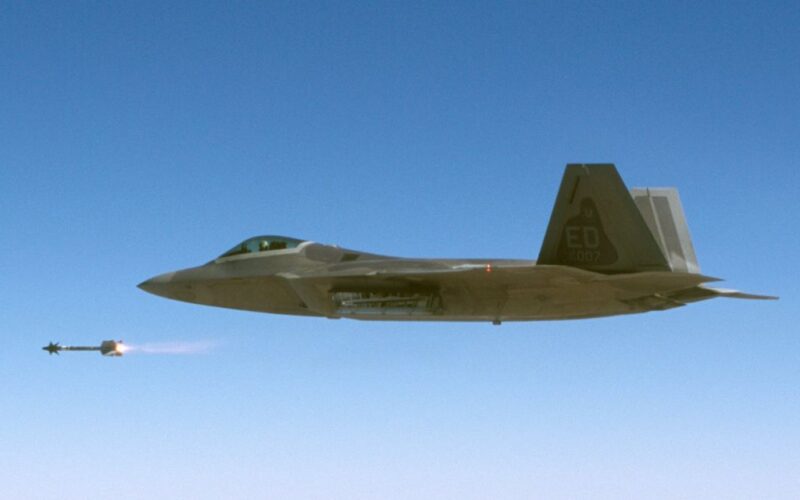The US Defense Advanced Research Projects Agency (DARPA) has unveiled the CAPTURE (Capturing Aerial Payloads to Unleash Reliable Exploitation) program.
The program’s main objective is to devise a method for capturing stratospheric balloons, offering a more cost-effective and risk-averse alternative to their destruction using air-to-air missiles. The project aims to minimize collateral damage, enhance payload recovery, and reduce response costs.
A call for solutions was issued to defense companies through DARPA’s Small Business Innovation Research (SBIR) initiative. The solution proposed for the CAPTURE program should allow the interception of the balloons “under positive control in a manner safe to the surrounding area while maximizing exploitation of the captured system.”
“Recent incursions of U.S. airspace demonstrated limitations of the ability to recover sensitive payloads from slow-speed high-altitude objects in a manner that is both effective for follow on exploitation and scalable to employment over diverse geographic areas,” DARPA explained in a project statement, highlighting that only a few aircraft within the United States Air Force, such as the F-22 Raptor, can operate at such altitude. “These aircraft travel at hundreds of miles per hour while attempting to identify and target slow-moving or stationary objects.”
During the Cold War, the Fulton surface-to-air recovery system, or “Skyhook” was developed for use by the US military and the CIA to retrieve personnel, equipment, or cargo from the air. Named after its inventor, Colonel Robert Fulton, it relied on the use of a V-shape anchor on the nose of a specially modified aircraft to catch a line lifted by a balloon deployed by personnel on the ground. The system, however, was developed for low-altitude operations using aircraft such as the C-130 Hercules.

The “Chinese spy balloon” incident
The need for such capabilities was underscored in February 2023 when a Chinese stratospheric balloon was detected flying over sensitive US military installations, including strategic ballistic missile launch bases.
The balloon was subsequently shot down by an F-22A Raptor using a AIM-9X Sidewinder missile near Myrtle Beach, South Carolina. The debris analysis confirmed its involvement in espionage activities, though the Pentagon reported that the balloon did not transmit information back to China.
“We believe that it did not collect while it was transiting the United States or flying over the United States, and certainly the efforts that we made contributed,” General Pat Ryder, a spokesperson for the Pentagon, stated in late June 2023.
However, General Glen VanHerck, head of the North American Aerospace Defense Command (NORAD) acknowledged on July 20, 2023, that the Chinese spy balloon incident raised important concerns about the ability of the United States to detect airborne threats.

